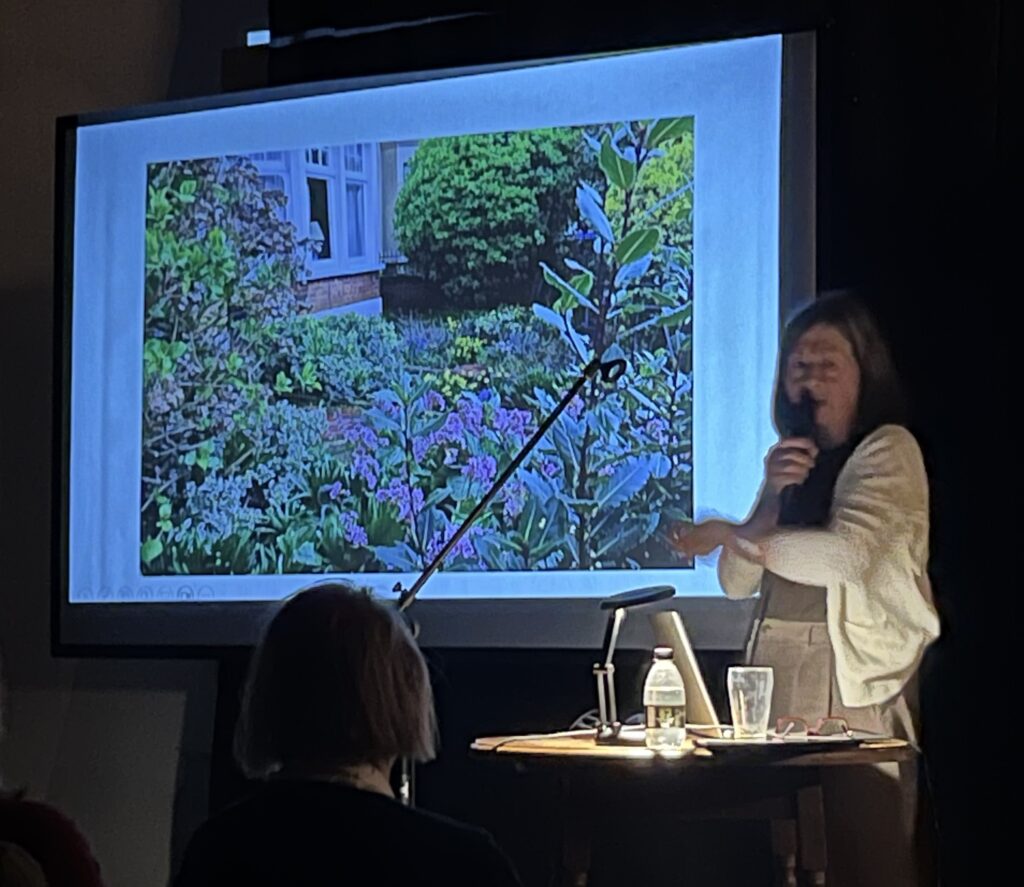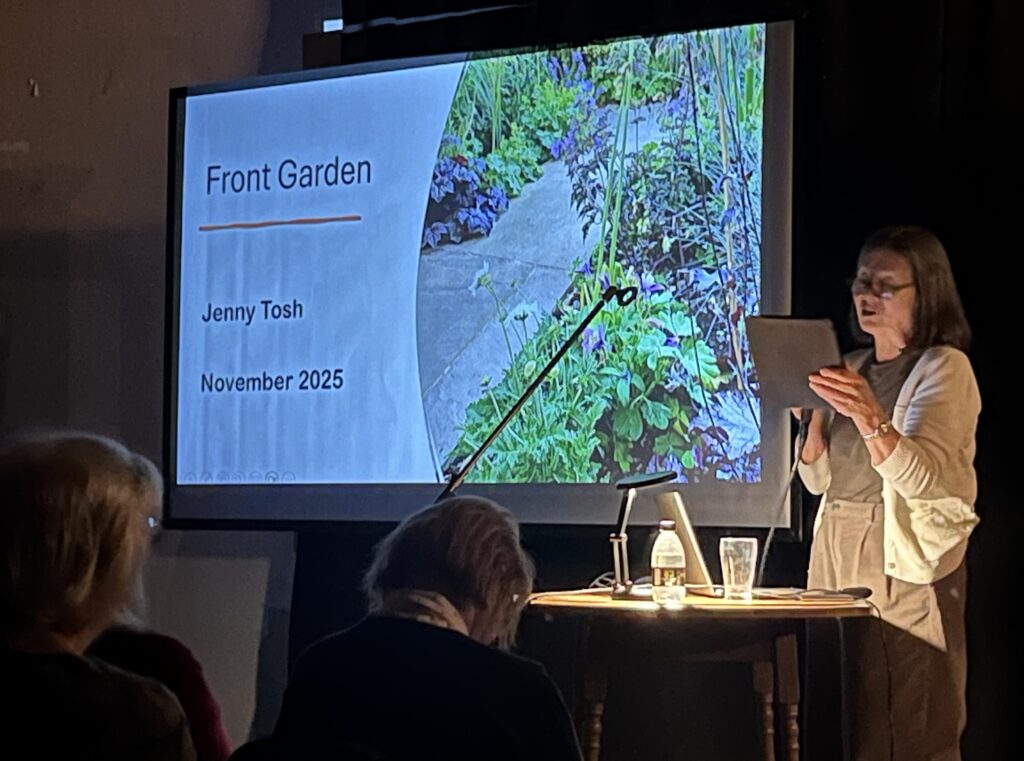With the clocks gone back at the end of October and temperature forecasted to drop soon, November is the month when it starts to feel like winter is on its way. November can still give us warm days of sunshine and a perfect opportunity to make the most of precious daylight hours to get your garden ready for winter. Continue jobs from October tips, as the weather is still very mild and the wet soil is still good for planting in.
November is also the perfect time to gather ideas and make plans to define how your garden will look next year.
FRUIT AND VEGETABLES
Broad beans: there is still time to sow broad beans. Sow them directly in the ground in a sunny spot with well-drained soil. “Aquadulce” and “Meteor” are good for overwintering and a spring harvest.
Garlic: garlic needs a cold period to develop into bulbs and produce good crops. It is best planted in free-draining soil. To protect the emerging bulbs from birds, lay netting over new plants.
Root vegetables: a good sign that your root vegetables are ready is when their shoulders peep out of the soil. The leaves of parsnips also start to turn brown. Don’t hesitate to leave them in the ground as frost will contribute to the roots releasing stored starch and converting it into sugar as part of a natural anti-freeze. Frost intensifies the flavour and sweetness of all hardy winter vegetables: cabbage, Brussels sprouts, suede, parsnips.
Protect bare soil: if you haven’t grown green manure, cover any bare ground with a thick layer of well-rotted homemade compost or manure. This is to prevent damage from winter rains and reduce the germination of weed seeds.
Bare-root fruit trees: November is a great time to plant all kinds of hardy fruit, such as raspberry canes, blueberry, blackberry and current bushes, as long as the ground is not frozen or waterlogged.
Stake trees: newly-planted trees and large shrubs need support to prevent wind rock and root movement. A single stake is suitable for most young trees – it should allow the tree to flex slightly in the wind, which strengthens the trunk.
Prune apple and pear trees: once the leaves have fallen start pruning, aiming to maintain an open-centred, goblet-shaped crown.
FLOWERS
Tulips: November is the ideal time to plant tulips as temperatures are getting cooler. You can still plant tulips as late as December provided there is no frost. They can be planted in borders and containers. Dig a hole three times the depth of the bulb and add grit to the bottom of the hole. Place the bulb with its pointy end facing upwards.
Squirrels and bulbs: squirrels are notorious for digging up and stealing tulips bulbs. Because these rodents cannot digest cellulose material, they depend on protein-rich plant structure, like those found in nuts and bulbs. There are several things you can do to protect your bulbs:
- Cover your bulbs: putting chicken wire over the planting area or your pots.
- Avoid smelly fertilisers: Bone meal, fish emulsion, blood meal have a pungent smell that might attract squirrels.
- Plant your bulbs among other plants: when you plant your bulbs among established groundcovers or other perennials, squirrels have a harder time finding the bulbs and digging them up.
- Add sharp gravel: sharp gravel to the surrounding soil may act as a deterrent, stopping squirrels from digging.
- Clean up your planting areas: removing any outer papery layers or debris that might have dislodged from the bulbs and that could attract squirrels.
- Delay planting time: early autumn is when your bulbs are most at risk when squirrels are desperately foraging to store their winter food supply. Try planting your bulbs later in the season from mid November to late December, when squirrels are no longer desperately foraging.
Penstemons and gauras: these plants can flower into autumn. Deadhead, but leave stems and leaves in place to help protect the base of the plant from winter weather. Cut back in spring to stop the plants becoming woody.
Cut down and clear away: Cut down perennials that look too untidy. Pull out and clear away annuals that are no longer flowering.
Dahlias: in mild areas you can leave dahlias in the ground under a thick mulch of compost and chipped bark. If your garden has heavy clay soil or is you are at risk of frequent frost, it is best to lift the tubers and store them. Once dry, pack the tubers in a box or a pot and cover them with dry compost. It is important to ensure the compost is dry, as damp compost could lead to your tubers rotting. You can also store dahlia tubers in vermiculite or warp them in dry newspaper. Place them in a cool dark location for the winter (unheated garages, basements).
Root cuttings: now it is time to increase stock of fleshy roots plants such as phlox, oriental poppies, anemones and verbascums, taking root cuttings
- Lift the plant carefully and wash away soil around its roots.
- Cut off up to one third of the root section with secateurs, choosing, young, vigorous, pencil-thick roots close to the crown.
- Replant the parent plant right away.
- Prepare the cutting: trimming away the thin roots and divide each cutting into 5-10cm sections. Make a sloping cut at the lower end and a straight horizontal cut at the top of the cutting.
- Fill pots with compost and insert the cuttings 4cm apart with the horizontal cut just below the surface of the compost.
- Cover with a layer of grit, water and place in a cold frame or unheated greenhouse.
Growth will appear in spring when they can be potted into individual pots.
DON’T FORGET
- Leaf mould: continue to collect leaves to turn them into “black gold” (more on leaf mould in the October tips of the month)
- Greenhouse, shed and tools clean-up: tidy up dead plants materials, pots, trays, canes and other gardening kit that could become a breeding ground for diseases. Clean gardens spades, forks and hoe and spray them with WD40 to prevent rust.
- Consider winter protection: check which of your plants need bringing into a frost-free location or require protection when they are growing outside. Potted plants can be protected by wrapping hessian and/or bubble warp around the outside of their pot to help protect their roots from frost.
- Before freezing temperatures set in: store away garden equipment and protect outdoor taps and outdoor furniture.
- Raise up pots: as the weather becomes damp and showery, raise potted plants off the ground to prevent them sitting in water.
- Watch out for wildlife: Resist cutting back vegetation until February/early March as wildlife will benefit from dying seed heads and dead flower stalks etc. Leave mature ivy unpruned to allow flowers and berries to develop. This will provides food for birds and a late source of nectar for pollinators.
Don’t forget to stock up feeders to keep birds fed and to provide water. When refilling feeders, clean them to prevent disease.




